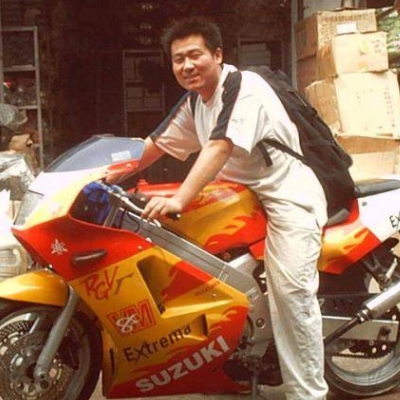Industrial robots – Achieve greater productivity and optimize costs
Date:2019-04-23 10:41:36 Posted by:Hannah View:371Industrial robots are the key enabler of Industry 4.0 and the factories of the future. They are revolutionizing conventional industrial processes across the globe, allowing manufacturers to increase productivity at higher quality and lower costs. With the mechanical safety fence replaced by a virtual, sensor-based one, an industrial robot today must be in tune with the frequently changing environment in which it works. This places extremely high demands on robotic systems. On the factory floor, industrial robots need to be easy and flexible to program, so they can adapt to the specifications of any given task, such as welding. Robots also need to be capable of smart material handling and, in the case of cobots, working side-by-side with humans.
A wide range of parts flows into an industrial robot design to create a seamlessly functioning system. Each robot typically comprises three main parts, a control box, a manipulator and a specific tool, mounted on the top of the robot’s arm. The control box consists of a powerful motion controller, motion drives, a robot controller and power supplies. Depending on the robot type, the manipulator is made of a set of movers or actuators, sensors and electrical brakes. The movers or actuators are mainly realized by electrical servo drives. Typically, the motion controller is the heart of a robotic system and home to the robot manufacturer's core intellectual property (IP). The tool used depends on the task, for example, pick and place tasks or welding, and is its own separate system.
The algorithm is what counts
While all parts that make up the hardware are essential, the main differentiators for the latest generation of robotic systems are advanced control algorithms. The market can be characterized as highly competitive, primarily due to the arrival of new players. Altogether, this puts mounting pressure on industrial robot manufacturers to focus on developing innovative algorithms and getting products to market quickly. The hardware part is fairly straightforward and quick. It requires assembling or composing various pre-configured or pre-integrated building blocks to meet the application’s specifications. This includes servo motor drives for motion control and environment sensors for collision avoidance as well as auxiliary supplies for sensors. Industrial robotic systems also rely on efficient power supplies as well as digital and analog sensing and control solutions.
Finally, system security is a must since it’s the ultimate enabler for the functional safety requirements in a highly-connected, Industry 4.0-ready factory. All components and solutions must interact seamlessly and error-free to ensure an industrial robot operates properly when deployed. A robot must always be protected against unauthorized modification of its configuration and calibration data. On a whole, the advanced capabilities of today’s industrial robots require very high quality and safety standards. This includes following a safety-certified development process for safety-critical system components. An experienced partner with extensive knowledge about robotics – from the system as a whole to every last drive and sensor – is crucial to a project’s success.


